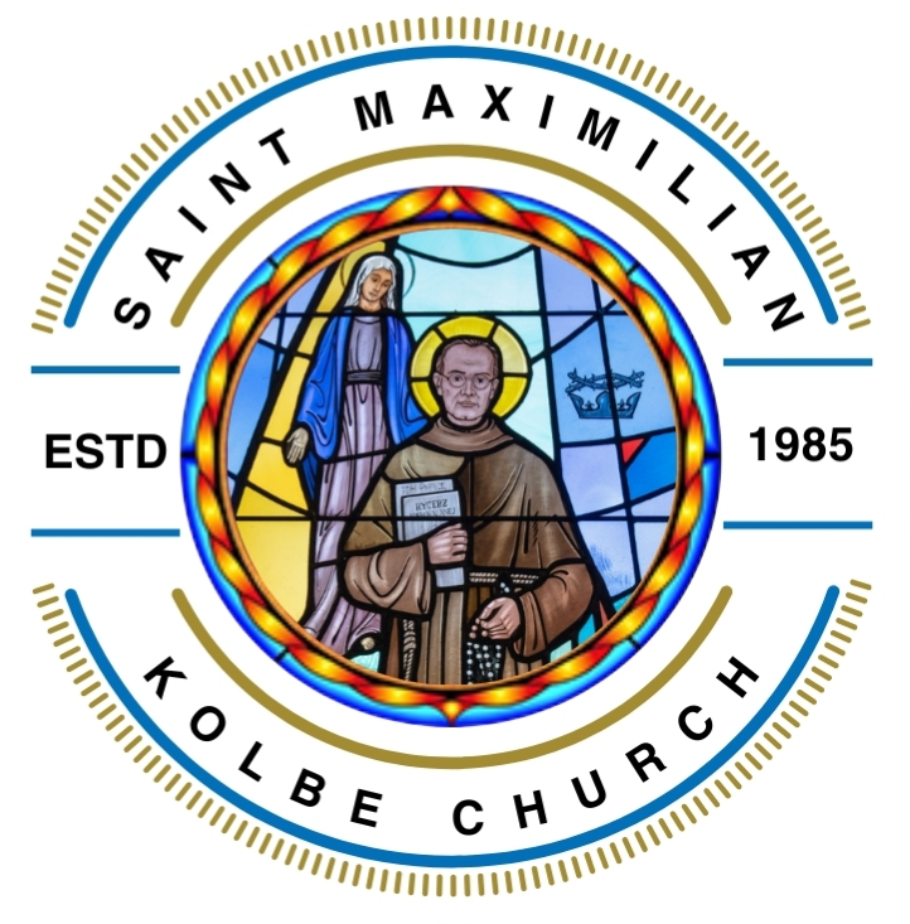Understanding Catholic Funerals
The rituals of the Catholic Church celebrating death and entry into eternal life are found in the Order of Christian Funerals (OCF). The Catholic funeral ritual is structured to provide three occasions for communal prayer spaced over several days to replicate the journey from grief to healing. In these ritual prayers we are called to celebrate our faith in Christ, express our love for the person who has died, and define new ways in which to remain faithful to the personal relationship that has touched our life.
The three elements of the Order of Christian Funerals are the Vigil (the wake service), the Funeral Mass with the body present, and the Committal. In each gathering, the bereaved accompany the deceased. Those who journeyed with their beloved in life now escort him or her to the final resting place to await the Lord’s final call to eternal life.
The Vigil Service
The Vigil ordinarily takes place prior to the Funeral Mass and may be celebrated in the family home, in the funeral home or at the church where the Funeral Mass is scheduled.
At the Vigil the Christian community joins the bereaved family to keep watch in prayer to the God of mercy and finds strength in the presence of Jesus Christ. The family and community look to God’s word for faith and hope, as light and life in the face of darkness and death.
The Vigil consists of an opening rite, reading from the Scriptures, a reflection, prayers of intercession and a blessing. This service typically accommodates opportunities for personal sharing by family members and friends.
Participation of the bereaved family members is encouraged in both developing and leading a Vigil that truly remembers the life and relationships of the deceased. Parish leadership is typically available to assist in developing the Vigil. While the Vigil may be lead by a member of the clergy, others may be selected by the family for both leadership and participation.
Besides providing a setting for the Vigil, a wake gives those who have suffered a loss the opportunity to face the death of their loved one, to adjust to a new reality, to find comfort and support in the company of others, to share stories and remembrances of the deceased and to express their sorrow and grief.
The Church Service
The Funeral Mass takes place in the church. Here the community of faith assembles for worship. Christian life is initiated in Baptism and nourished with the Eucharist. Here the community gathers with the bereaved family to commend one of its deceased members to the Heavenly Father.
At the church, the deceased is received, sprinkled with holy water, and covered with a white pall (all reminiscent of Baptism, the sacrament that brought the deceased into a relationship with the Christian community.
The family is encouraged once again to select appropriate Scripture readings that reflect the lived faith of the deceased and participate in their proclamation. The celebrant breaks open the Scriptural readings to help the bereaved connect the life and death of their beloved with the life, death and resurrection of Jesus Christ.
The Eucharist then continues in the normal fashion until the final prayers where the deceased is commended to God’s mercy. The family and Parish community express their farewell to one who no longer will physically join them at the Eucharistic altar. All join in prayer that the deceased will be welcomed to the heavenly banquet at the Lord’s table.
Before this final commendation begins, a family member or friend may speak in remembrance of the deceased, but this is optional. Words of remembrance at this time are not a eulogy, bu t rather a short prayerful recollection of some aspect of the Christian life of the deceased. The procession to the place of committal follows the final commendation.
The Committal Service
Following the Funeral Mass the body is brought to its final resting place. The bereaved continue to accompany the deceased on his or her final journey. The body is brought to the cemetery and committed to a place of rest to await the Lord’s call to resurrection.
The Catholic cemetery receives the earthly human remains of the baptized and accepts responsibility in the name of the whole church community to care for the burial site and offer prayerful intercession for all those deceased within the cemetery.
Following the conclusion of the church’s funeral rites a new relationship begins for the bereaved with both the deceased and the cemetery where the deceased has been interred.
The cemetery is most often the best place where the bereaved are invited to hold their beloved dead in prayerful remembrance. Often bringing floral tributes on special days in the life of the deceased or religious/secular holidays, family members are always encouraged to primarily visit the cemetery to hold their beloved deceased in prayerful memory.
At the same time, the church encourages the faithful to use the other Corporal Works of Mercy, i.e. feeding the hungry, clothing the naked, etc. as excellent ways in which to honor and remember their beloved dead.
